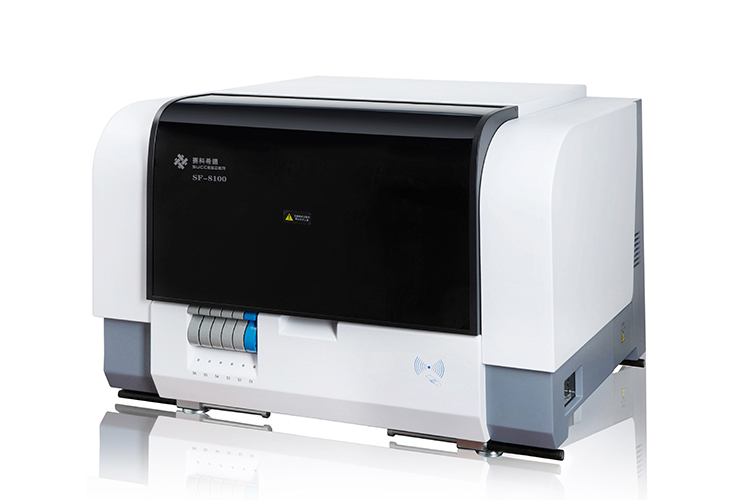If subcutaneous hemorrhage occurs in a short period of time and the area continues to increase, accompanied by bleeding from other parts, such as nosebleeds, gingival bleeding, rectal bleeding, hematuria, etc; The absorption rate is slow after bleeding, and the bleeding area does not gradually shrink for more than two weeks; Accompanied by other symptoms, such as anemia, fever, etc; It is recommended to seek medical attention from a hematology department if there is a recurrence of bleeding since childhood and similar symptoms in the family.
Children under the age of 14 who experience the above symptoms are recommended to seek medical attention in pediatrics.
If subcutaneous hemorrhage manifests as skin and mucosal ecchymosis, as well as gastrointestinal bleeding symptoms such as nasal and gingival bleeding, vomiting blood, and rectal bleeding, accompanied by nausea, anorexia, bloating, emaciation, motility, yellowing of the skin and sclera, and even abdominal fluid accumulation, it is considered to be subcutaneous hemorrhage caused by liver function damage, cirrhosis, acute liver failure, etc. It is recommended to seek medical attention in the gastroenterology department.



 Business card
Business card Chinese WeChat
Chinese WeChat English WeChat
English WeChat